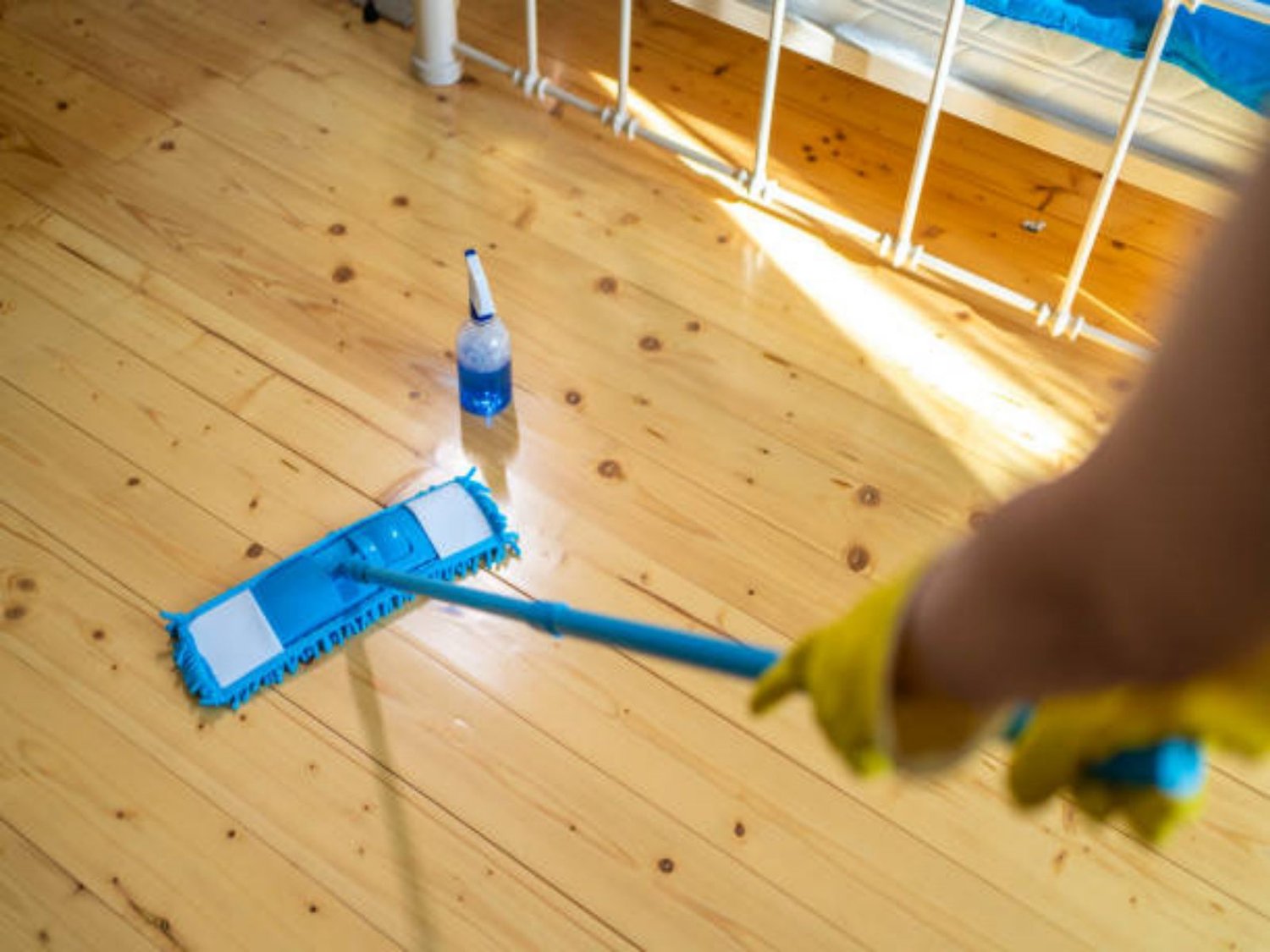Maintaining Your WPC Floor: Essential Care and Maintenance Tips
When it comes to flooring options, WPC (Wood Plastic Composite) floors have gained significant popularity in recent years. Not only do they offer the aesthetic appeal of hardwood floors, but they also provide durability and easy maintenance. To ensure your WPC floor remains in pristine condition for years to come, it is crucial to follow proper care and maintenance routines. In this article, we will discuss ten essential tips to help you maintain your WPC floor effectively.
1. Regular Sweeping and Vacuuming
The first step in maintaining your WPC floor is to regularly sweep or vacuum the surface to remove loose dirt and debris. This simple practice prevents scratches and damage caused by grit and small stones. Use a soft-bristle broom or a vacuum cleaner with a soft brush attachment to avoid any potential harm to the floor's surface.
2. Promptly Clean Spills and Stains
Accidental spills happen, but it is crucial to clean them up promptly to prevent any potential damage to your WPC floor. Use a damp cloth or mop to wipe away the spill, and avoid using excessive water as it can seep into the floor and cause swelling or warping. For stubborn stains, use a mild detergent specifically formulated for WPC floors and follow the manufacturer's instructions.
3. Avoid Harsh Chemicals
While WPC floors are generally resistant to stains and spills, it is important to avoid using harsh chemicals for cleaning. Abrasive cleaners, bleach, ammonia, and vinegar can cause discoloration or damage to the protective layer of your WPC floor. Stick to gentle, pH-neutral cleaners recommended by the manufacturer to maintain the integrity of the flooring.
4. Use Mats and Rugs
Prevention is key when it comes to maintaining your WPC floor. Placing mats and rugs at entryways and high-traffic areas can significantly reduce the amount of dirt, dust, and debris that enters your home. These protective coverings serve as a barrier between your floor and outdoor elements, minimizing the need for frequent cleaning and reducing the risk of scratches.
5. Avoid Excessive Moisture
While WPC floors are water-resistant, excessive moisture can still cause damage over time. Avoid leaving wet items or spills on the floor for extended periods. Clean up any water or liquid spills immediately to prevent moisture from seeping into the joints and causing swelling or mold growth. Additionally, use a damp mop rather than a soaking wet one when cleaning your WPC floor.
6. Trim Pet Nails
If you have pets, it is essential to keep their nails trimmed to prevent scratches on your WPC floor. While WPC floors are durable, prolonged exposure to sharp pet nails can leave marks and damage the surface. Regularly trim your pet's nails and consider using mats or rugs in areas where your pet spends a significant amount of time to minimize the risk of scratches.
7. Protect from Furniture Scratches
Furniture can often cause scratches and dents on WPC floors, especially when dragged or moved without proper protection. To prevent such damage, use furniture pads or felt protectors on the legs of chairs, tables, and other heavy pieces. These protective pads provide a cushioning effect and prevent direct contact between the furniture and the floor, preserving its appearance and integrity.
8. Avoid Direct Sunlight
While WPC floors are designed to withstand sunlight exposure, prolonged and direct sunlight can cause fading and discoloration over time. Use curtains, blinds, or UV-resistant window films to minimize the amount of sunlight that reaches your WPC floor. Rearrange furniture periodically to ensure even exposure and prevent uneven fading in specific areas.
9. Regularly Inspect for Damage
To maintain the longevity of your WPC floor, it is important to regularly inspect it for any signs of damage. Look out for scratches, dents, or loose planks. If you notice any issues, address them promptly to prevent further damage. Contact the manufacturer or a professional flooring expert for advice on repairs or replacements if necessary.
10. Follow Manufacturer's Guidelines
Lastly, always refer to the manufacturer's guidelines and recommendations for care and maintenance. Each WPC floor may have specific requirements, and following these guidelines will ensure that you are correctly caring for your specific flooring type. From cleaning products to maintenance routines, sticking to the manufacturer's instructions will help prolong the life and beauty of your WPC floor.

